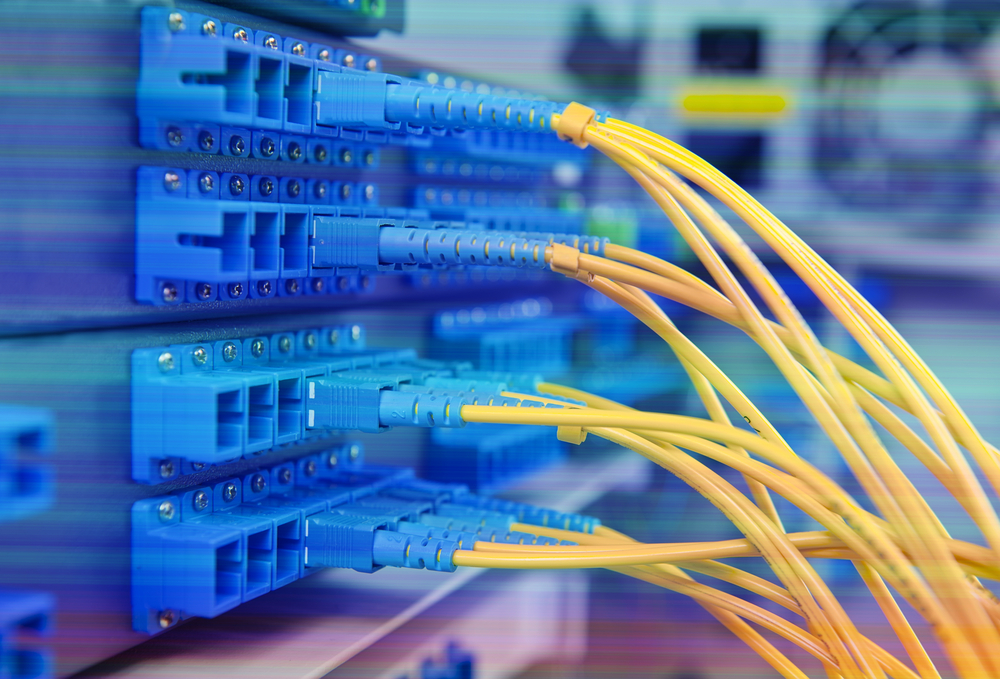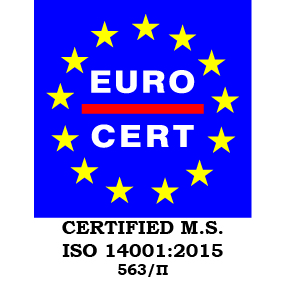Industrial Communications and IT
The effective interconnection of key elements in modern structures is the basis for smooth co-operation between central and peripheral devices. Automation Controllers rarely operate individually. Even in geographically coherent areas, such as a single production line, the overall system is characterized by an expanded topology. This general rule applies more naturally to distributed systems such as motorways and railways where the extent required to be covered by the monitoring system is wider.
However, central control requires a comprehensive approach to a distributed system, with the consequent use of PAC Networks and optical telecommunication networks in most applications. By using loop topologies in Automation Networks, even if more than one nodes turn faulty, the overall integrity of the system is retained.
The reliability of fiber optic networks is of utmost importance for the operation of traffic infrastructures. The system provides information to control centers, which monitor and manage signal systems, alarms and traffic flow. In industry, the growing automation of production processes has led to robust fiber optic infrastructure being one of the most necessary specifications and requirements for the credibility of the production process. Factory systems exchange important measuring elements and control elements with central processors. Furthermore, the industrial environment has high demands and loads the communication systems to be used.
Suitable telecommunication solutions for multipoint interconnection and control focus on:
- Maintenance costs reduction through uninterrupted maintenance and repair
- Damage prevention by reducing network nodes that can be affected by failures
- Technical risk avoidance with the help of additional redundancy
- Robust design, high lifetimes, reduced maintenance costs
- Programming, systems startup
Algosystems provides specialized solutions for the installation and configuration of automation networks with emphasis on continuous operation under demanding conditions. Some of the network features are:
- Operation in an extended temperature range 0-70degC
- Capability of backup power supply
- Support of network redundancy protocols such as STP / RSTP C-Ring etc.
- Support of virtual networks (VLAN)
- Support of industrial protocols such as Modbus/Profibus etc.
- Central monitoring via NMS
- Easy programming and replacement











